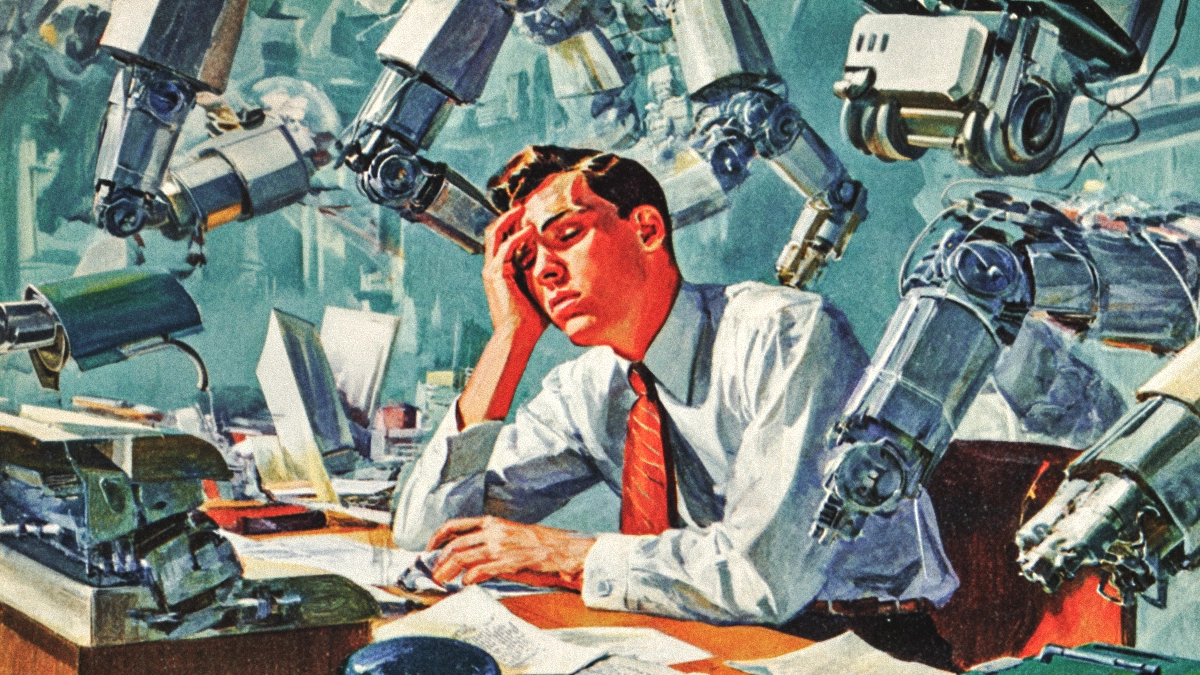The 2025 automation revolution offers a two-edged reality in which significant ethical quandaries coexist with revolutionary technology potential. Organizations are finding that ethical AI policies offer the safeguards required for sustainable innovation, even as automation threatens to eliminate 85 million jobs worldwide. Therefore, the difficulty is not in deciding between accountability and advancement, but rather in designing systems that combine the two.
The Regulatory Environment Changes in Favor of Accountability
Instead of just promoting ethical automation techniques, governments around the world have started putting structures in place that require them. These days, regulators demand that AI systems be impartial and fair, particularly when it comes to hiring and credit decisions. Failure to comply can result in heavy fines and erode public confidence. Additionally, New York City requires companies to provide equitable outcomes for all racial and gender groups by demanding audits of AI systems used in hiring.
The Global Standard of UNESCO: Respect for human rights, peaceful societies, diversity and inclusivity, and a healthy environment are the four fundamental ideals outlined in the UNESCO Recommendation on the Ethics of Artificial Intelligence. Additionally, this paradigm defines AI generally as systems that process data to mimic intelligent behavior, developing policies that are future-proof and flexible enough to keep up with the rapid advancements in technology.
Implications of Ethical Failures in the Real World
The implications of automation ethics go well beyond theoretical considerations to include quantifiable effects on business and society. Because of skewed historical recruitment patterns that the algorithm learnt and continued, Amazon’s AI recruiting tool disadvantaged female candidates, with 60% of selections being male. Furthermore, algorithmic prejudice can destroy families, as evidenced by the Dutch childcare benefits scandal, which led to over 1,000 children being placed in foster care and false fraud accusations.
Healthcare Insurance Disparities: After learning that its algorithms for approving claims caused higher wait times for patients with lower incomes, Aetna reweighted data and added more supervision measures. These instances show how, if ethical considerations aren’t incorporated into the system from the start, automation can hasten discriminatory practices.
Methodical Strategies for Ethical Automation
Bias Mitigation Through Design: Organizations are integrating complete bias evaluations across development cycles rather than considering ethics as an afterthought. Additionally, while creating ethics review boards with a broad membership, diverse development teams assist in identifying potential harms from a variety of viewpoints. Additionally, there is a great deal of space for improvement as only 47% of firms currently assess for bias in data, models, and human algorithm usage.
Privacy-Preserving Innovation: To enable training on sensitive data while protecting individual privacy, modern automation uses privacy-by-design strategies such as federated learning and differentiated privacy. These approaches show how innovation can proceed while upholding fundamental rights, resulting in situations that benefit both ethical responsibility and technological advancement.
Designing Automation with Humans in Mind
The most effective automation deployments avoid both over-reliance and under-utilization of automated technologies by utilizing AI capabilities while retaining significant human control. As a result, computational impact analyses are already commonplace, and human oversight is necessary to guarantee the right kind of response. Additionally, businesses are putting in place contest systems that let people contest automatic choices that have a big impact on their life.
Explainability Requirements: The move to “glass box” AI systems offers concise justifications for automated decisions, together with tools for visualization that show the decision-making process and easily understandable explanations catered to the technical proficiency of various stakeholders. In high-stakes applications like healthcare, criminal justice, or financial services, this transparency becomes even more important.
Social and Economic Accountability
Strategies for Job Displacement: Even if automation opens up new career paths that call for sophisticated digital and analytical abilities, moral businesses employ thorough transition plans that include retraining, reskilling, and equitable assistance for displaced employees. Furthermore, cooperation among stakeholders, legislators, and technology developers aids in the creation of laws that strike a balance between social responsibility and innovation.
Community Impact Assessment Proactive ethical management is crucial for long-term success as organizations realize the significant connections between ethical issues and reputation and business sustainability. Ignoring ethical considerations can also result in negative publicity, legal issues, and reputational harm that reduces competitive advantages.
Framework for Putting Ethical Automation Governance Structures into Practice: Regular training and a varied team that recognizes possible risks before implementation are two ways that successful firms incorporate ethics into their development processes. Clear data governance frameworks also outline procedures for data gathering, utilization, and disposal that protect privacy and promote creativity.
Constant Monitoring: Risk-based regulatory regimes, such as the EU AI Act, permit innovation in lower-risk situations but impose more stringent criteria on high-risk applications. Additionally, required effect analyses and frequent third-party audits guarantee that moral principles advance in tandem with technology.
The Way Ahead
The vast body of evidence indicates that ethical automation serves as a basis for long-term technical growth rather than a barrier to innovation. In a market that is becoming more regulated and socially sensitive, companies that understand that innovation and ethical responsibility are two sides of the same coin set themselves up for long-term success.
Organizations in 2025 will have to decide whether to accept ethical automation as a strategic necessity that fosters innovation or risk falling behind rivals that see that ethical development produces more valued, reliable, and ultimately successful technology solutions. Businesses that see ethics as a competitive advantage to be developed rather than a challenge to overcome will prosper as artificial intelligence becomes more and more integrated into vital business operations.
